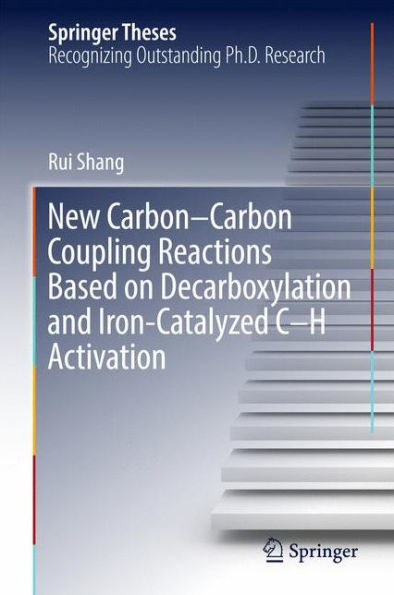5
1

New Carbon-Carbon Coupling Reactions Based on Decarboxylation and Iron-Catalyzed C-H Activation
216
New Carbon-Carbon Coupling Reactions Based on Decarboxylation and Iron-Catalyzed C-H Activation
216Hardcover(1st ed. 2017)
$54.99
54.99
In Stock

Product Details
| ISBN-13: | 9789811031922 |
|---|---|
| Publisher: | Springer Nature Singapore |
| Publication date: | 12/11/2016 |
| Series: | Springer Theses |
| Edition description: | 1st ed. 2017 |
| Pages: | 216 |
| Product dimensions: | 6.10(w) x 9.25(h) x 0.02(d) |
From the B&N Reads Blog
